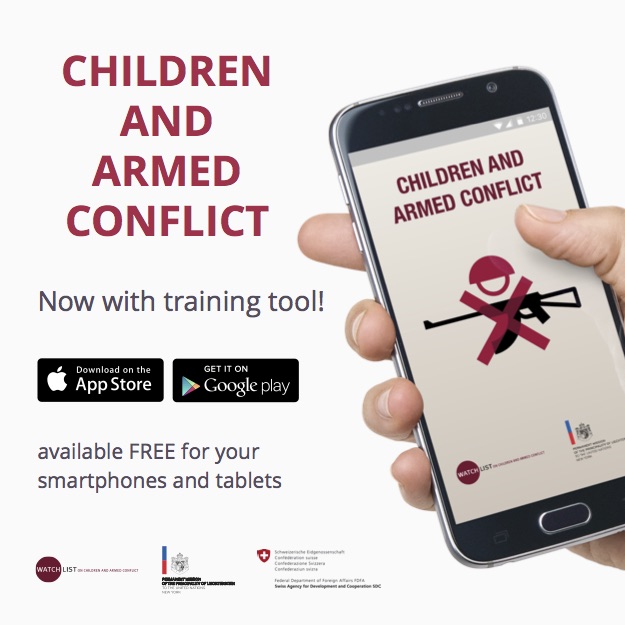(The New Yorker) – In 1994, on the eve of Rwanda’s genocide, Radio Mille Collines, in Kigali, incited listeners with a venomous message: “To kill the big rats, you have to kill the little rats.” It was a veiled command to murder the youngest generation of Tutsis, the country’s minority tribe. In less than four months, an estimated three hundred thousand children were slashed, hacked, gunned, or burned to death, according to the United Nations. Among the dead were newborns. The Rwandan slaughter was not unique. The specific targeting of children is one of the grimmest new developments in the way conflicts have been waged over the past fifty years. In the eighteenth, nineteenth, and early twentieth centuries, roughly half of all deaths in conflict zones were civilian, according to the U.N. During the Second World War, civilians accounted for two-thirds of the fatalities. By the twentieth century’s end, almost ninety per cent were civilian.



